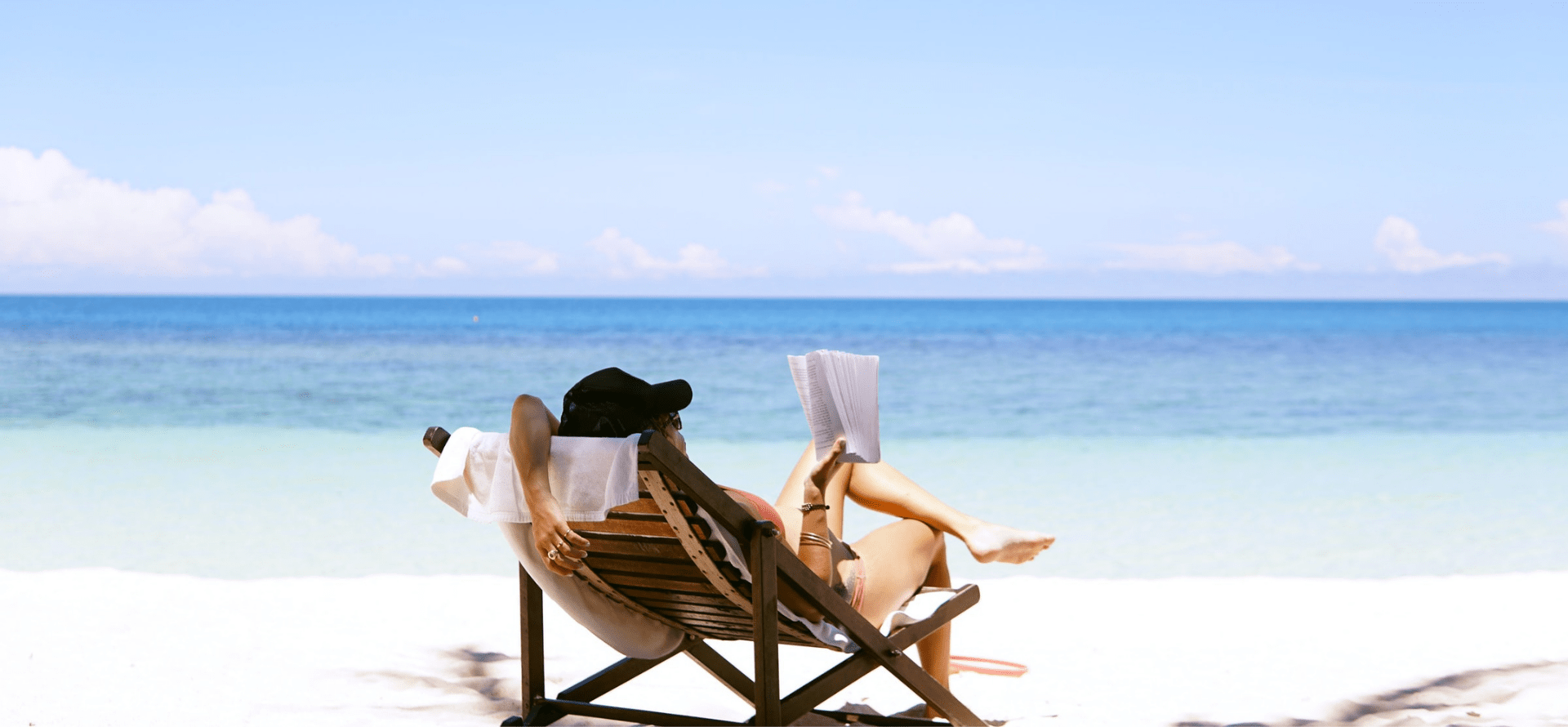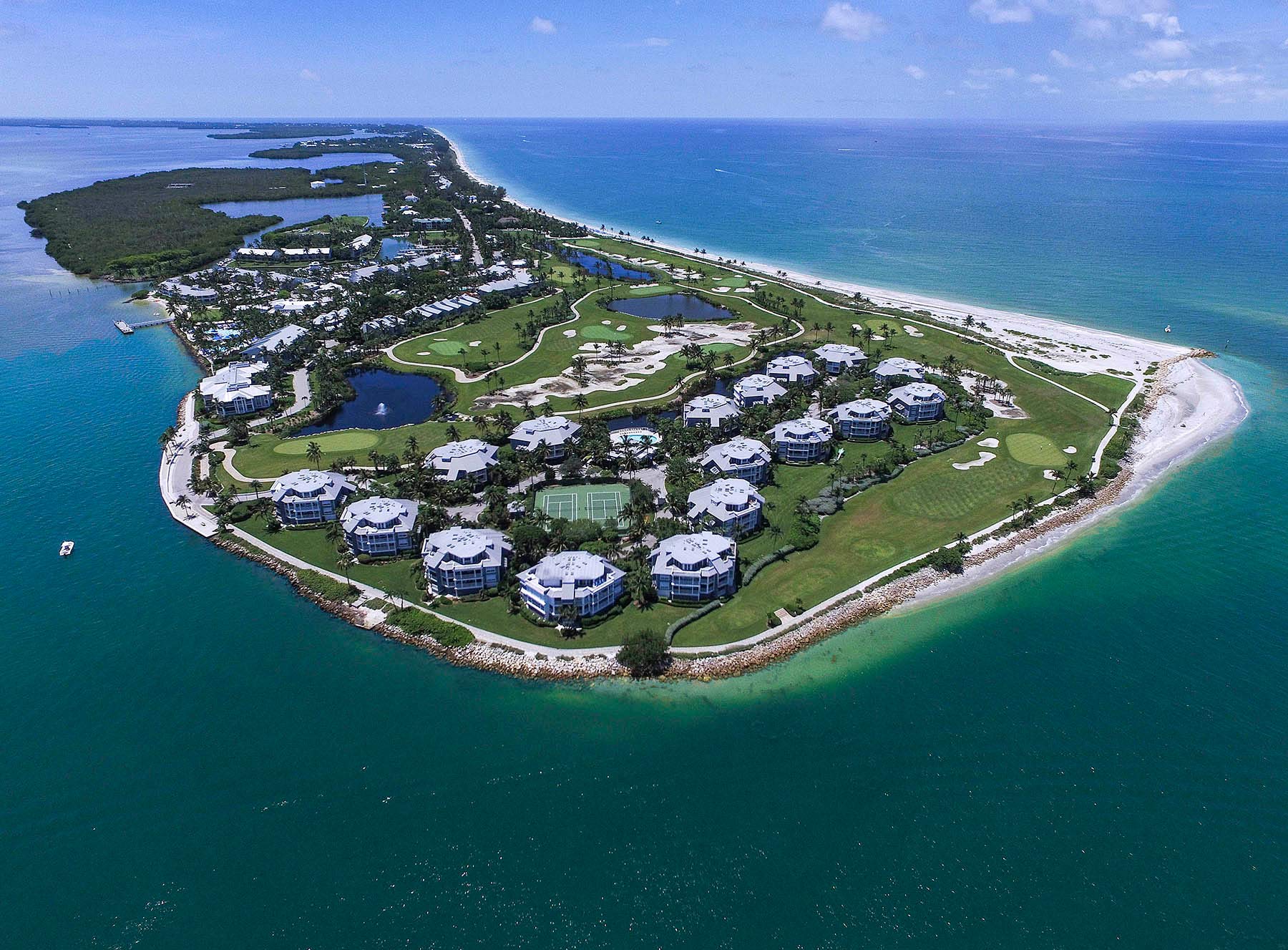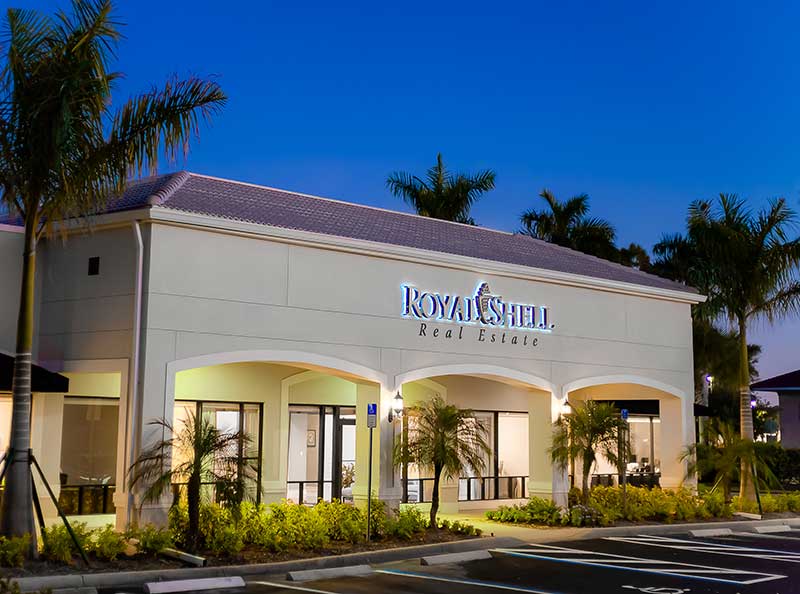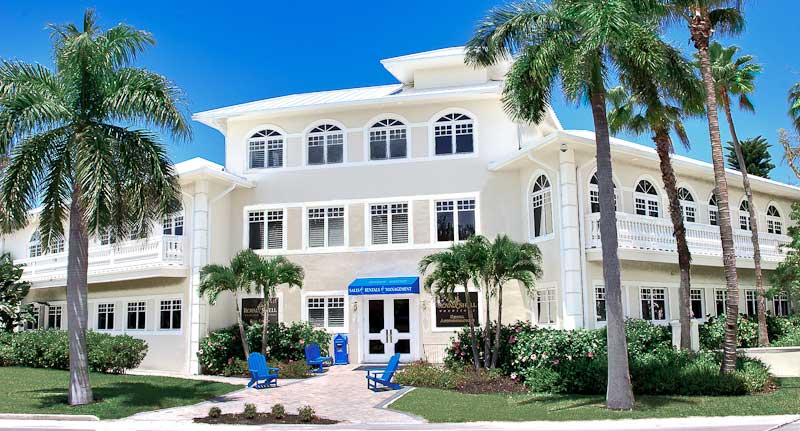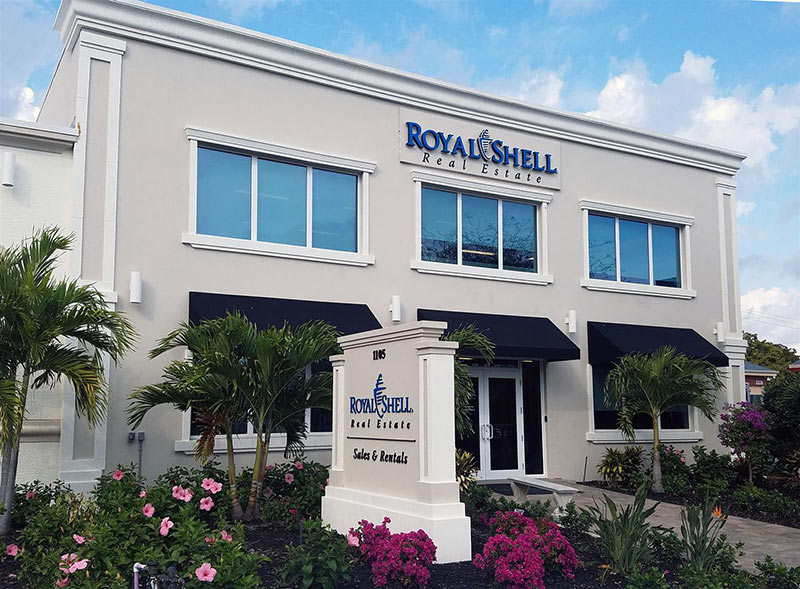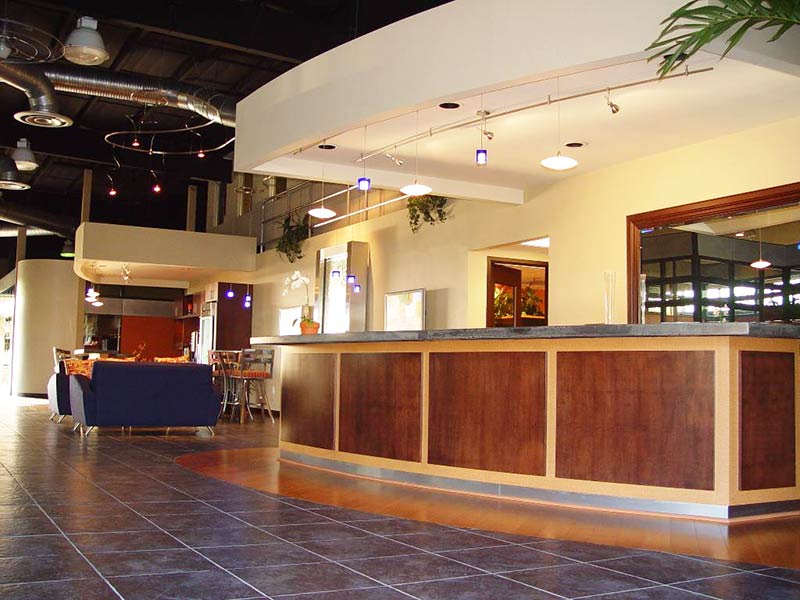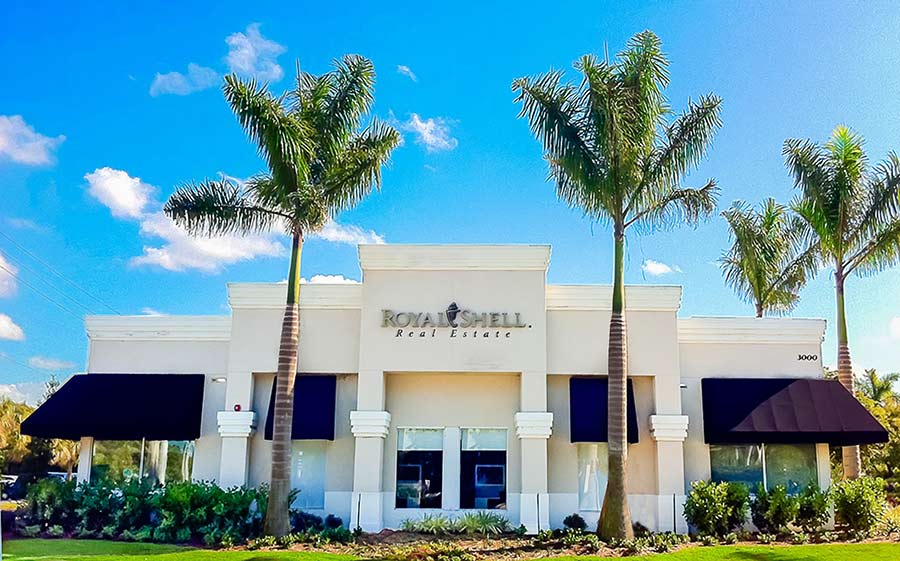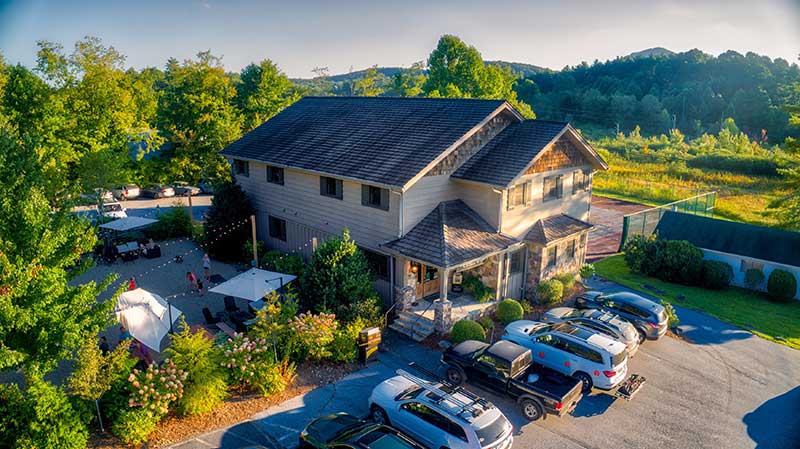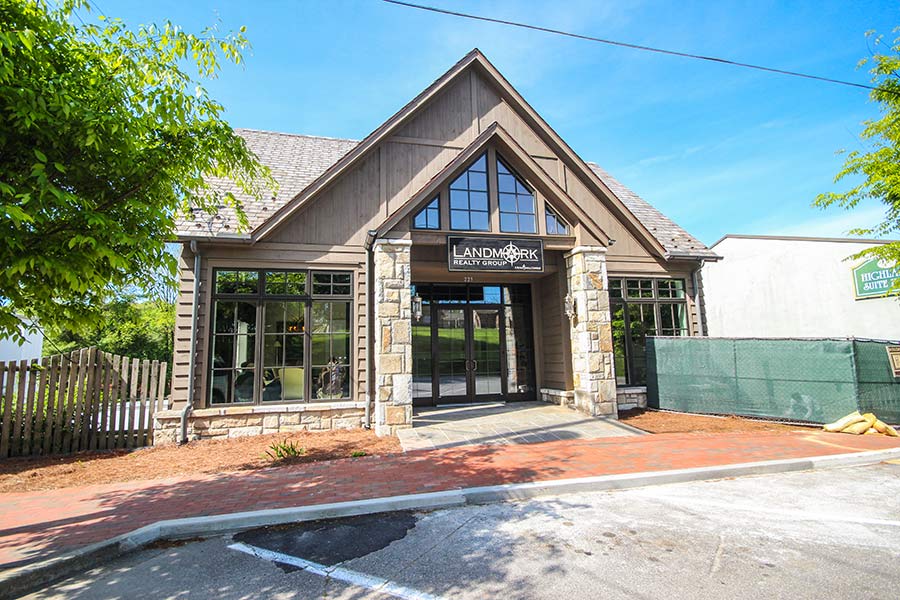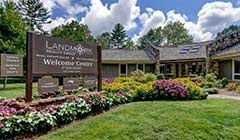Sanibel Island has a special place in the hearts of many. Just ask Royal Shell Vacations’ very own Business Manager Cameron Anholt. Cameron has special ties to Sanibel Island. He refers to Sanibel as “my island,” and it’s easy to see why: Cameron truly loves Sanibel today and Sanibel of the past. He’s an expert on Sanibel history and has many great stories to tell.
Sanibel Island history is rich and varied. Though today the island is a prime vacation destination, its development has humble beginnings as a farming community in the late 1800s. The cash crop on Sanibel before the island was developed was tomatoes. The 1920s brought the end of farming and the beginning of the vacation-destination boom to Sanibel Island.
Cameron might serve as Sanibel Island’s unofficial historian. The official title of Island Historian belongs to his mother, Betty Anholt, who has written several books on Southwest Florida and Sanibel Island history. Cameron recently gave a guided tour of Sanibel Island and shared tidbits and facts along the way. He was eager to share his knowledge of the island and its rich history.

What is the History of Sanibel Island?
Sanibel Island history reaches all the way back to the island’s formation nearly 6,000 years ago. The barrier island was separated from the mainland by rising sea levels in the Gulf of Mexico.
Sanibel Island is just a baby geologically speaking. The island was formed while the Pyramids of Egypt were under construction, agrarian communities were growing in China, and the first work of known literature was in the hands of ancient readers.
Even though the Sanibel Island physically dates back 6,000 years, it was only an inhabited island after the Calusa established a presence. These indigenous people migrated north from the Everglades to Sanibel Island more than 1,000 years ago.
Early Sanibel Island History: The Calusa
The people of the Calusa tribe were the first to inhabit Sanibel Island. They were known for building their island homes on stilts, fierceness, and shell mounds. Instead of building their communities around farming like other tribes, the Calusa were hunters and gatherers. Their community depended on fishing and hunting for food.
The Calusa first appeared in Southwest Florida and Sanibel Island around 1200 AD. They got to the island on boats. They continued to use their boats along the island’s waterways for trading with other Southwest Florida tribes. The tribe even made the island’s first canal system to make it easier to get around.
Sanibel Island was home to the Calusa until the mid-1600s. Historians believe the island was home to one of the more important Calusa villages and settlements. Unfortunately, the entire Calusa tribe was extinct by the late 1700s.
You can see evidence of the Calusa and their impact on Sanibel Island history today. You’ll find a shell mound built by the Calusa people in the Ding Darling National Wildlife Refuge.
Modern Sanibel Island History: Settlers, Fertile Lands and the Lighthouse
Sanibel Island was abandoned and empty after the Calusa left. It was uninhabited until the 1830s when the first settlers from the mainland made it to the island. The Florida Peninsular Land Company divided Sanibel Island into 50 long, thin tracts that ran from Gulf to Bay. The company marketed the island as a tropical paradise and many people from the mainland and beyond rushed to the island.
The settlers planted all kinds of crops, including:
- Pumpkins
- Sugarcane
- Melons
- Corn
- Sisal
- Hemp
These crops were planted out of necessity. However, Sanibel Island took a turn toward commercial farming in 1868. According to Cameron, castor beans were the first crop to be grown on Sanibel Island. The castor bean crop was short-lived, as a hurricane devastated the island in 1873.

Sanibel Island Lighthouse
Sanibel Island quickly recovered after the hurricane of 1873. The first order of business, Cameron said, was the construction of the Sanibel Island Lighthouse. The light was first lit on August 20, 1885.
Cameron loves sharing this interesting tidbit about the Sanibel Island Lighthouse. While the lighthouse was under construction, the barge carrying the lighthouse hit a sandbar and it tumbled into the very waters it was being built to protect.
Today the Sanibel Island Lighthouse and the adjacent keeper’s home are on the National Register of Historic Places.
Sanibel Island Tomatos
What came next in Sanibel Island history? Tomato farming. After the construction of the lighthouse, more people became aware of Sanibel’s fertile lands and perfect Southwest Florida weather. Sanibel Island was a hub for tomato farms until the 1920s. In fact, you could find Sanibel tomatoes on the menus at New York City’s ritziest restaurants and hotels during the Roaring ‘20s. A single Sanibel tomato would have taken $1.50 out of your wallet then, the same as $25 in today’s money.
A great flood covered Sanibel Island with saltwater in 1926. Unfortunately, it rendered the land unfit for farming. Sanibel’s history then shifted toward tourism and development.
The Bailey Family
Bailey is a big name in Sanibel Island history. The family first came to the island in the 1880s. They soon got down to business. By 1889, the Bailey family had purchased a row of buildings that made up a plantation store. These soon became the first centers of commerce on the island, including a packing house for crops grown on the island.
The Old Bailey General Store, which was built in 1927, still stands today. It has survived many hurricanes thanks to its smart construction, Cameron said on his island tour. The store was built using tongue and groove diagonal boards and had braces on the gables.
Shoppers still visit a more modern Bailey General Store today. The store is located on Periwinkle Way and offers an array of groceries and other goods.
Leave it to the Trees: The Development of Sanibel Island
Sanibel Island became much more accessible in 1928 when ferry service came to the island. The first ferry traveled between Punta Rassa and Sanibel Island. The island then started building a reputation as a vacation destination.
In fact, according to Cameron, what today stands as Casa Ybel Resort was once known as a hotel called “The Sisters.” This is where the island tradition of welcoming guests and peaceful vacations first started. Many famous visitors soon made appearances on the island: Teddy Roosevelt, Thomas Edison, Henry Ford, and poet Edna St. Vincent Millay all spent time on Sanibel Island.
The U.S. military also had a presence on Sanibel Island. The island was once used as a training ground and training preparations for the 1961 Bay of Pigs invasion took place on Sanibel Island. You can still see homes that were once officers’ residences on the island.
Sanibel Island was known as a remote destination until the Sanibel Island Causeway opened in 1963. The causeway connects the island to Fort Myers and brought an influx of development to the island.
Cameron’s favorite parts of Sanibel Island are the trees and natural beauty. Thankfully, land use restrictions set by local government in the 1960s and 1970s dictate that no building on Sanibel Island can be taller than the treeline. These strict building codes ensure that Sanibel Island stays lush and green despite development. In fact, you might think Sanibel Island is uninhabited if you look toward the island from Fort Myers. This is because the dense treeline overtowers any building on the island.

What is Sanibel Island Known for Today?
Today Sanibel Island is known as a lush, green vacation destination. When compared to its sister island Captiva, you’ll find that Sanibel Island is less developed with more natural splendor.
The JN “Ding” Darling National Wildlife Refuge takes up 61% of Sanibel Island. Named after a famous cartoonist, the refuge was created to protect and enhance the island’s wildlife and their habitats.
Sanibel Island is also known for the abundance of seashells found on island beaches. The island’s unique geography is what makes the shelling special. The island sits on a large plateau on the Gulf of Mexico. This creates a perfect “shelf” for capturing seashells from the Gulf.
You’ll also find eclectic businesses on Sanibel Island today. Periwinkle Way is lined with shops and restaurants with something for every taste. (Cameron’s favorite, though, is on Sanibel’s sister island Captiva. He’s a fan of The Bubble Room and the desserts there.)
Make Your Own Sanibel Island History with Royal Shell Vacations
Are you ready to make your own Sanibel Island history? Plan your most memorable trip yet with help from Royal Shell Vacations. With offices right on Periwinkle Way, Royal Shell Vacations has its own rich history of ensuring guests have a great experience on Sanibel Island.
From help finding the perfect rental to a seamless check-in process, Royal Shell Vacations is eager to go to work for you. Vacation rentals available on Sanibel Island include everything from
charming beach cottages to epic estates.
Call Sanibel Island home this season. Reach out to Royal Shell Vacations by calling (866) 202-0723 or contacting us online now.




